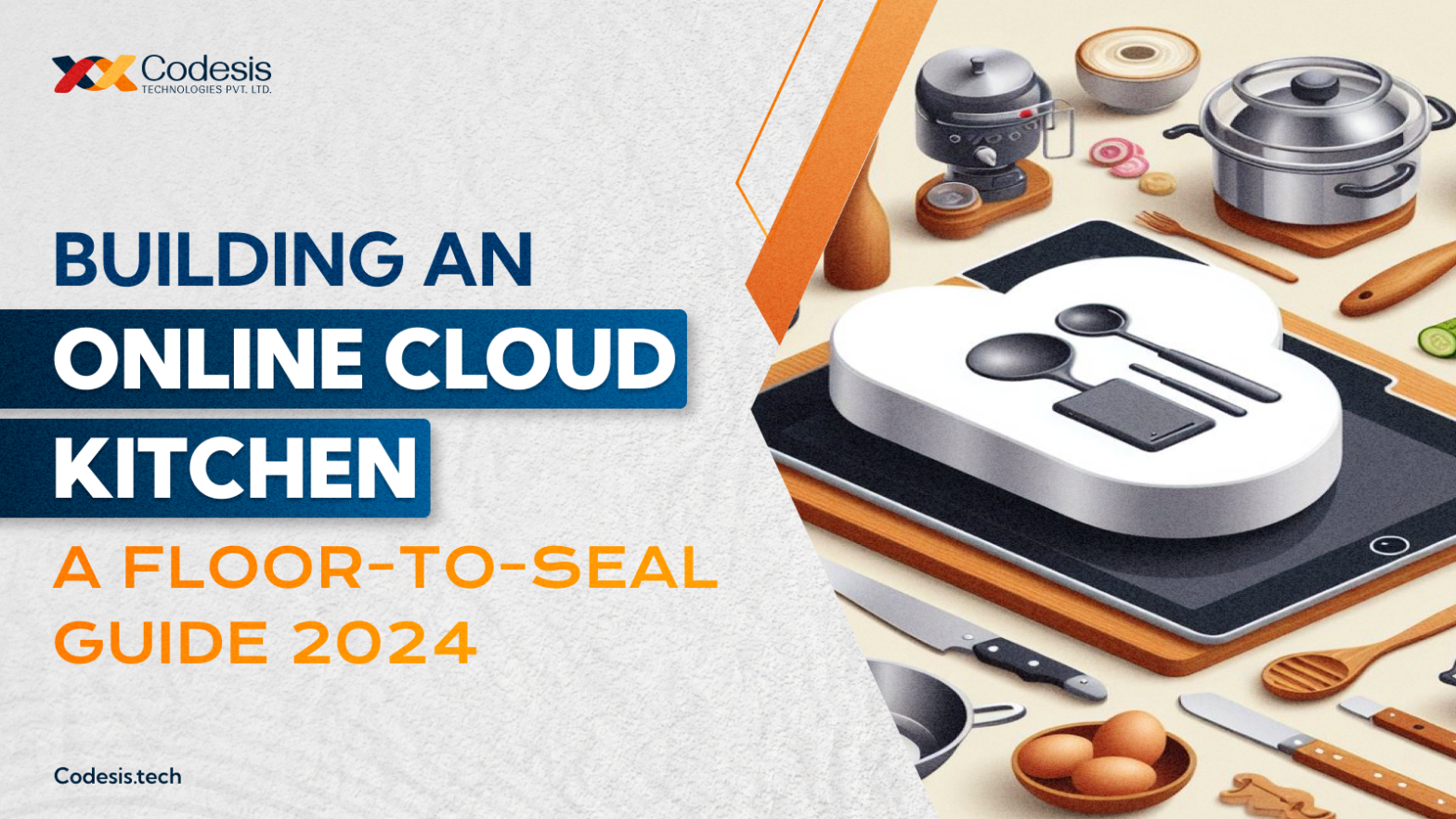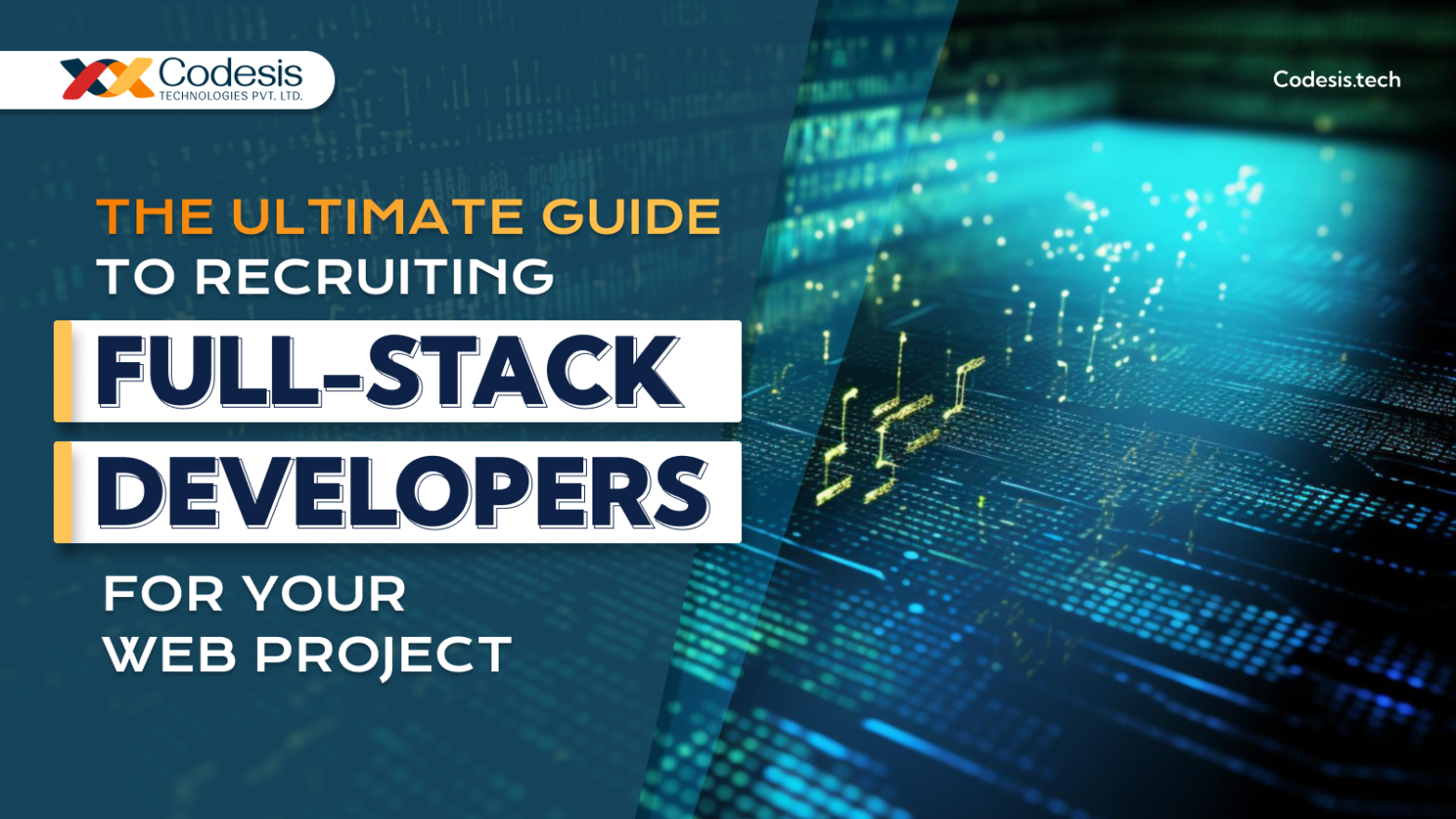The Ultimate AI Skills Every Developer Needs in 2024 Scroll Down to Read Introduction The global artificial intelligence market size was valued at $150.2 billion in 2023 and It is expected to multiply in the upcoming years backed up by rising investments in artificial intelligence (AI) technology. The size of the global market for artificial intelligence is expected to increase between 2023 and 2030 at a compound annual growth rate (CAGR) of 37.3%. It’s expected to increase to $1,811.8 billion by 2030. AI is expected to contribute $15.7 trillion to the global economy by 2030. AI and big data are at the top of the priority list for many tech organisations. According to a report by IBM 34% of companies are using AI and 42% are exploring AI. Automated debugging programs are the most common AI tool used by tech companies. The above stats prove that Artificial intelligence (AI) is rapidly changing the world of technology and will not stop anytime soon. As AI is getting more advanced every single day, it’s becoming important for developers to have a strong understanding of AI and its capabilities. Working professionals in all fields not just in tech must know about AI. The range of AI tools available for developers in tech is increasing significantly in the market. To stay up in the field the developers must figure out which AI tools and technology will fit best for their specific role. In this article, we’ll explore the ultimate AI skills that every developer will need in 2024 to stay ahead and succeed in the rapidly evolving world of technology. Table of Contents Introduction What is Artificial Intelligence? Why are AI skills essential for developers? What every dev should know about AI in 2024 LLMs: LangChain: Machine Learning & Data Science Basics: Artificial Intelligence for Front-End Developers Artificial Intelligence for Back-End Developers Is Learning Artificial Intelligence Worth in 2024? What is Artificial Intelligence? Artificial intelligence makes it possible for computers and other devices to replicate human intelligence and problem-solving skills.AI has the capability of carrying out tasks that usually require human intelligence or help, on its own or partnering with other technologies (such as sensors, geolocation, and robotics). Examples of AI in the news and our daily lives are digital assistants, chatbots, GPS navigation, driverless cars, and generative AI tools like Open AI’s Chat GPT and Google’s Bard. Why are AI Skills essential for developers? AI is a crucial aspect of modern technology. As it develops, AI is incorporated into more and more sectors of the market, including Financial, Healthcare, Transportation, Education, Marketing, Agriculture, and many more. Developers with AI skills have an extra competitive edge in the job market. To get a better opportunity the developers in 2024 must learn AI skills. AI is transforming businesses and companies require developers who can implement AI techniques and solutions to promote creativity and solve challenging issues. By learning AI Skills developers can see a pay increase and stay ahead in this ever-changing digital world. What every dev should know about AI in 2024 In 2024, the developers must focus on mastering AI skills to stay updated and ahead of the market. Some of the essential AI skills for developers include: LLMs: Large language models are the types of AI models that can process and generate human-like text and they also power AI applications like Chat-GPT, Google Bard and Liner. The Chat-GPT uses GPT-4 and Google Gemini LLM for the bard. Every developer must understand how to use LLM and natural language processing tasks like text generation, sentiment analysis, and content recommendation. Some basic questions to know about any given LLM: How the LLM is optimised? What are the types of LLM? How does LLM work? What types of Safety and privacy measures are taken? LangChain: LangChain is a cutting-edge technology that combines blockchain and AI to create secure and transparent LLMs. It is a framework for developing applications that are powered by LLM. Developers should learn, understand and make themselves familiar with LangChain to build decentralized AI applications and ensure data privacy. The Langchain framework exists in several parts: Langserve: LangServe makes deploying and maintaining your application simple. Langsmith: LangSmith is a platform for building production-grade LLM applications monitoring and debugging them. By using the LangChain framework developers can create AI Applications like Chat-GPT and more. The Python and Javascript Libraries contain the basic core and functionality of the framework. With the help of langChain, Developers can incorporate fully functional Gen AI systems and even existing LLMs into unique apps. Machine Learning & Data Science Basics: Developers should have a solid knowledge of machine learning and data science concepts to work effectively with AI algorithms and models. Understanding topics like supervised learning, unsupervised learning, and neural networks is important for incorporating AI techniques. When it comes to machine learning there are some topics every developer should know: Machine learning algorithms influence three categories of machine learning as follows: Supervised learning: In this type of machine learning, machines train to identify patterns and predict results using labelled datasets. Unsupervised learning: It is a type of machine learning that learns from Data and statistics without human supervision. Reinforcement learning: Reinforcement learning is the science of decision-making. It is about learning the optimal behaviour in an environment to obtain the maximum reward and punishing undesired ones. The basic principles of data science are often easier to understand than those of artificial intelligence. When it comes to Data Science there are some concepts every developer should know : Statistics and probability: Learn the basic mathematical concepts to calculate the behind theory of testing and data distribution. Data visualization: Prepare yourself to utilise or refer to libraries and data visualisation tools such as Matplotlib, Seaborn, and Bokeh. Data preprocessing: It is a process of converting raw data into a usable and understandable format. Artificial Intelligence for Front-End Developers AI for front-end developers… Continue reading The Ultimate AI Skills Every Developer Needs in 2024



